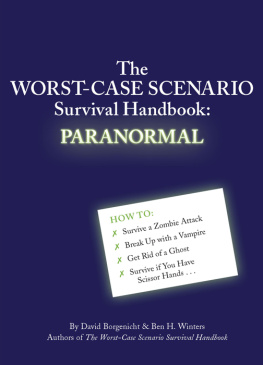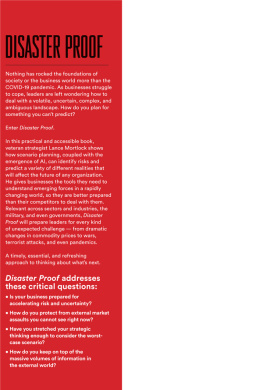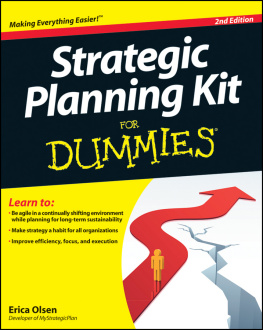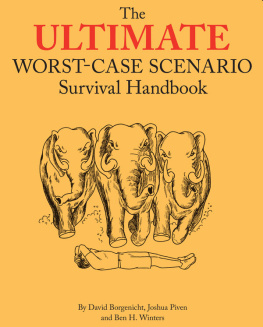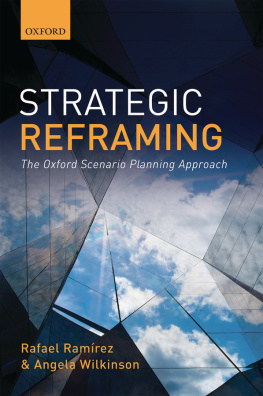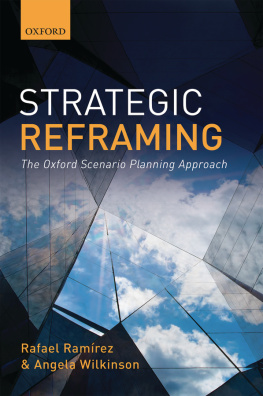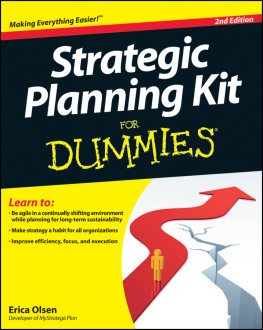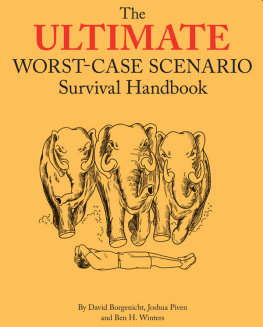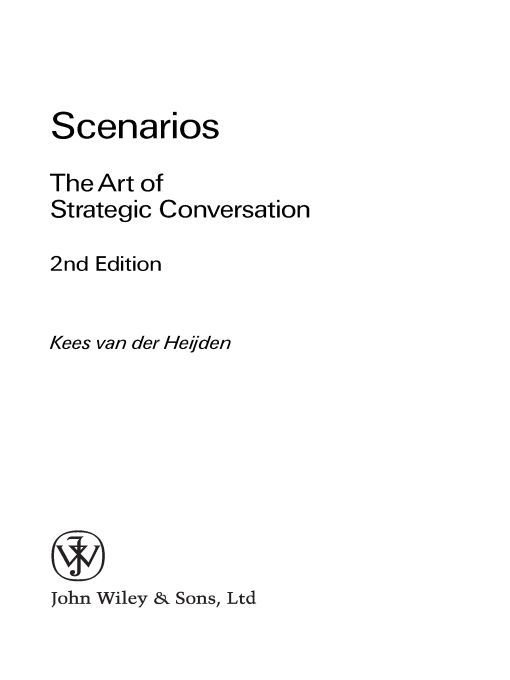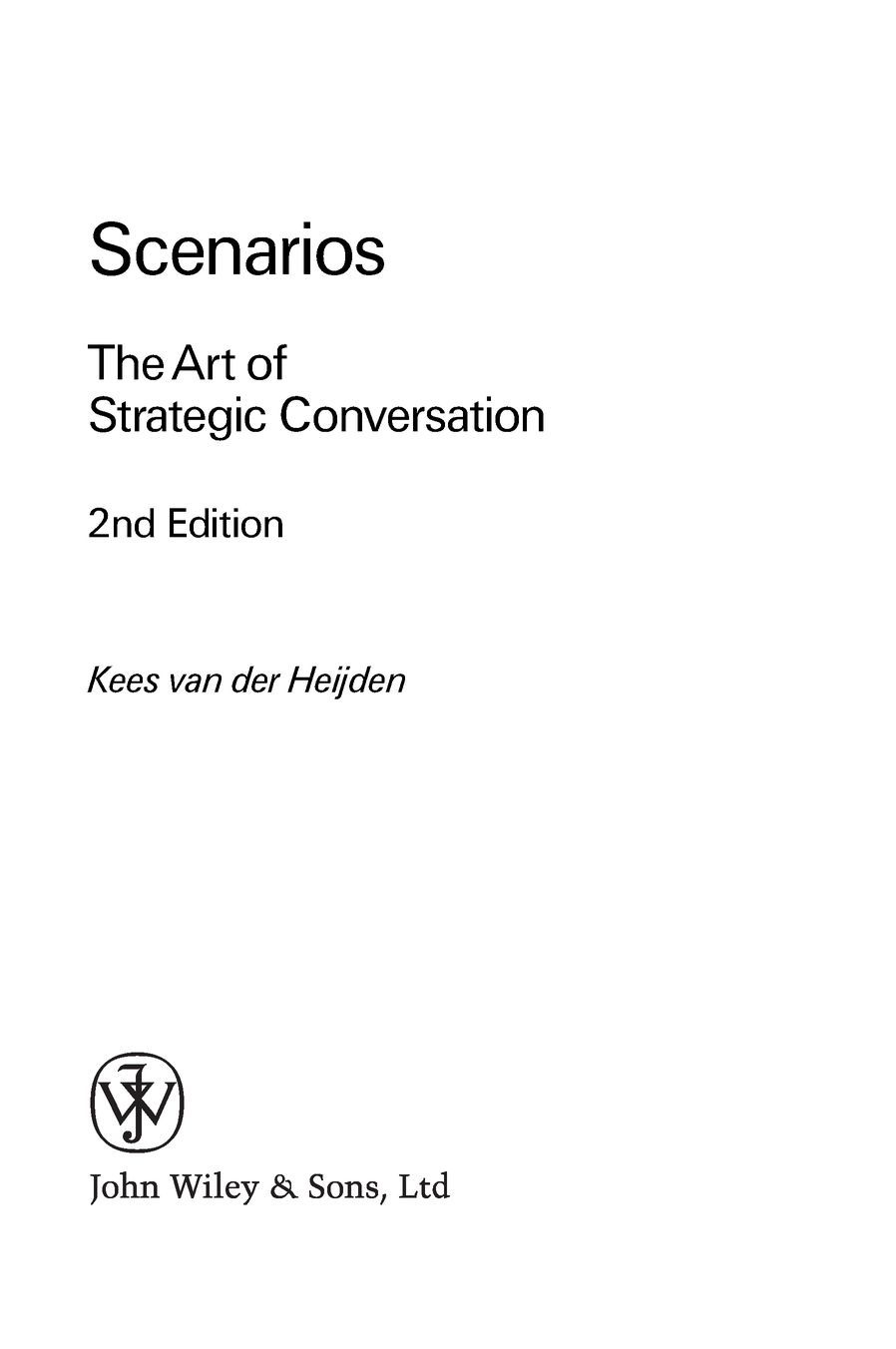| Peter: | How did you come to combine scenarios with strategic conversation in the title of your book? |
| Kees: | I wanted to project the power of scenarios as a process tool, in addition to how they are normally seen, as analytical devices. Scenario work always involves a conversational process among people involved. If the process works well the organisation achieves a higher level of strategic skill. |
| I think there are essentially three ways of looking at how strategy comes about: rationalist, evolutionary and processual. The rationalist assumes there is one truth out there, and the art of the strategist is to get as close to it as possible. First, you work it out in your mind, then when you are close enough to the optimal strategy you decide, and then you implement. Thinking is separate from action. That means the task can be delegated, e.g. to a planning department. You can ask them: Go and analyse the situation, and come back with a report on how things hang together out there, and what in the light of that is the best line of action to take. |
| Peter: | That approach is common enough. A popular paradigm apparently. And a lot of very good scenario analysis is being done from that perspective. This is where people try to increase their grip on the future by understanding better the pre determined elements in the situation in which they find themselves. |
| Kees: | Yes, it is the area in which Pierre Wack, the father of scenario- based planning, made his greatest contributions. He was of the opinion that if you looked long and hard enough you would always come to see the situation in a new light. He called this reperceiving. And reframing the situation and gaining a new unique insight is the ultimate source of success. |
| Peter: | No organisation can be successful unless it has something unique to offer to the world. Really good strategy can only be based on being different from anybody else. If everybody follows the same strategy, however good it seemed at the time, it cannot be good for very long. This applies across the board, from the corner shop to the global/multi-national company. It seems so obvious, yet it is nowhere near enough in peoples conscious ness. Pierres quest was for that unique insight that would provide the opportunity to create that distinctiveness. |
| Kees: | Pierre recognised that this would always be difficult to do. Imagine that good strategy would be easy, then everyone would do it, and for that reason alone could not lead to success. We need to make the necessary resources available and we must take our time. Formal planning processes with deadlines and preformatted reports are the enemy of thinking. |
| Peter: | Pierre could not be hurried. And he didnt want to work on more than one project at the time. He created the iterative scenario thinking process, in which scenario building alternates with deep thinking and research of the underlying systems that gradually emerge. And this has to continue until the moment of truth, when you suddenly discover: I can see it now. |
| Kees: | But there is another view, known as the evolutionary paradigm. This is epitomised by Henri Mintzbergs idea of emergent strategy. He argues that most strategy can only be defined in retrospect, as a pattern you recognise in what has already happened. There is not much you can do about it; your power over the future is actually quite small. Almost everything is uncertain and unexpected. The idea of controlling your destiny is an illusion. He talks about the fall of strategic planning. |
| Peter: | I have often been struck by how the majority of CEOs I have met are very modest in their beliefs about the degree of control they have over their situation. |
| Kees: | Yes, rather different from how this is often portrayed in the media. However, in its extreme form most people find the evolutionary paradigm not intuitive. You cannot give up good thinking in organisations, it must pay out somewhere. This has given rise to the third paradigm, the processual one. This says that in a fast moving situation, where there is a lot of uncertainty, success is more related to having a good process than to having found the optimal strategy. After all, when things are moving fast what looks optimal today may look like disaster tomorrow. Mental agility is what counts. |
| Peter: | Yes I recognise that paradigm. Microsoft thought that putting all attention on W95 was the best strategy, and they set up MSN as an information provider. Meanwhile they overlooked the internet (for a time). Shell had carefully worked out that dumping the Brent Spar was the best strategy. Suddenly they were facing unexpectedly strong environmental resistance. |
| I think it is right to call these views on strategy paradigms. People are unconscious of their paradigm, and therefore unaware of the fact that others may work from a different one. I have seen things going wrong between planners and CEOs working from different paradigms without being aware of it. |
| Which paradigm do you subscribe too? |
| Kees: | I think they are all three valid. I believe that the situation we look at in strategy is so complex that we can use all the help we can get. I suppose I start from process, but very soon I am aware that content enters the picture. Creating a successful organisa tion is not about improvisation! You cant ignore Pierres view that there is no success without a unique insight. And all the time you take account of uncertainty and ambiguity that separates the strong from the weak. So all three perspectives are helpful and important. Each tells a part of the story. For example, start from the processual view. As soon as more than one person is involved in the organisation the process involves conversation. For action to occur mental models in the minds of the individuals need to be aligned. And they are coupled through the strategic conversation. The norm for organisational conversation is rationality. We try to argue our case to each other. So you have to rationalise things. My thesis is that, because of the strategic conversation, organisations are more rational than individuals as decision makers. One reason why they continue to exist and thrive. |
| Peter: | Looked at in that way conversation becomes quite central in strategy, both in its process and its content aspects. It is at the heart of good process, and talking about strategy makes it a rational thing. |
| But the rationalist should not forget the incredibly important role of motivation and emotion in strategy. Being able to mobilise this can make or break a strategy project. You have got to know your organisational psychology. So I would like to view conversation in a wide sense, in the context of peoples experiences and actions, on the basis of which they are motivated to engage in the conversation. So not only what they say, but also why they say it and why they dont say something else. Call it their learning loops if you like. |



